An Excessively Diverting collection
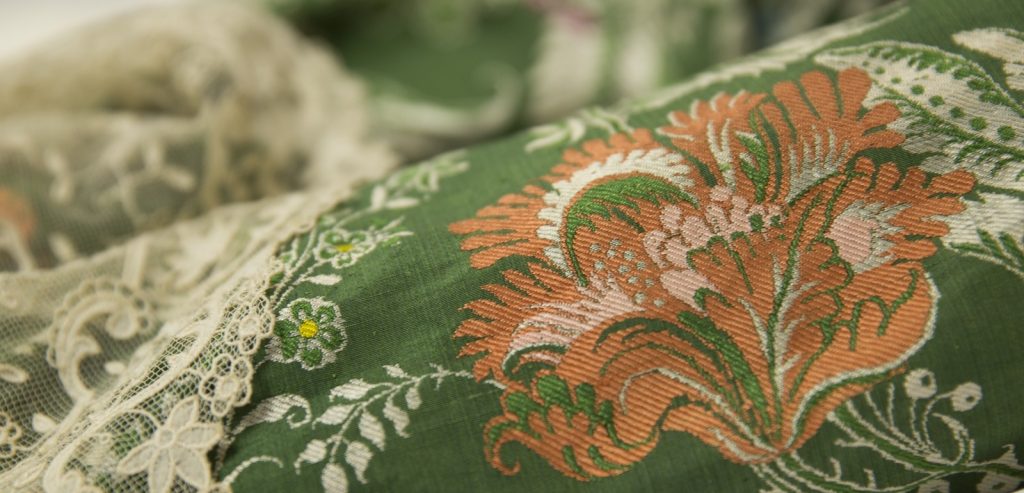
Giving a behind-the-scenes tour of the collection is one of the things I love most about being a curator at the National Museum of Australia. It’s even more enjoyable when the tour group arrives dressed in Regency costume!
The Jane Austen Festival Australia this year offered a program that was as engaging and entertaining as an Austen novel. Regency dance classes, bonnet and cravat tying workshops, ballroom etiquette, costumed promenades and a visit to the Museum were on offer to a growing community interested in Austen’s work and the world in which she lived.
Dressed in lightweight empire line dresses, satin spencer jackets and carefully constructed ‘poke’ bonnets, the tour group ‘took a turn about’ our collection store and viewed material from the Springfield – Faithfull family collection.
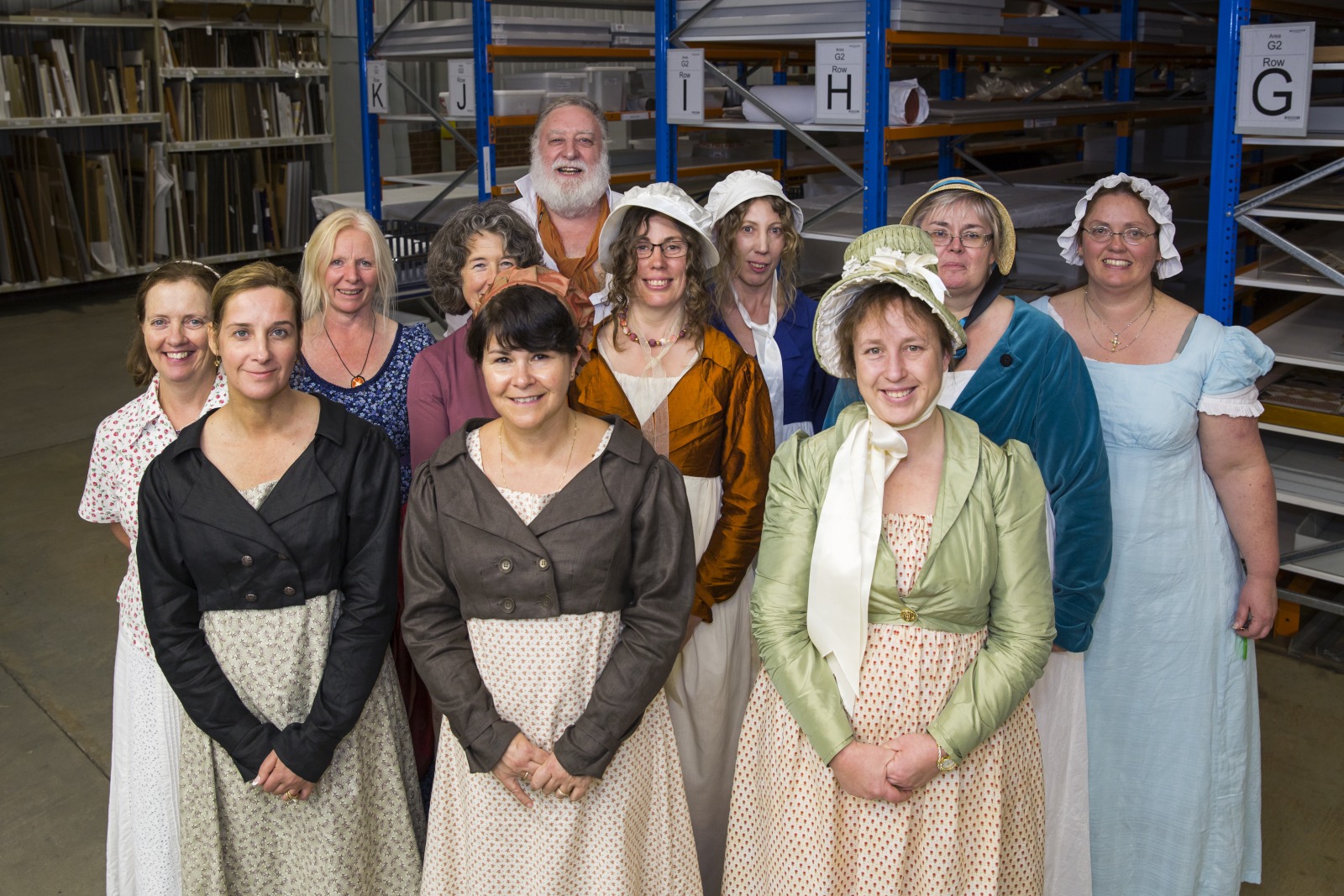
This large collection relates to the settlement and growth of Springfield, a merino stud near Goulburn in southern New South Wales, and one might be forgiven for asking what the connection is between the renowned English novelist and an Australian sheep station? The answer lies with two of the Museum’s rarest and oldest dresses.
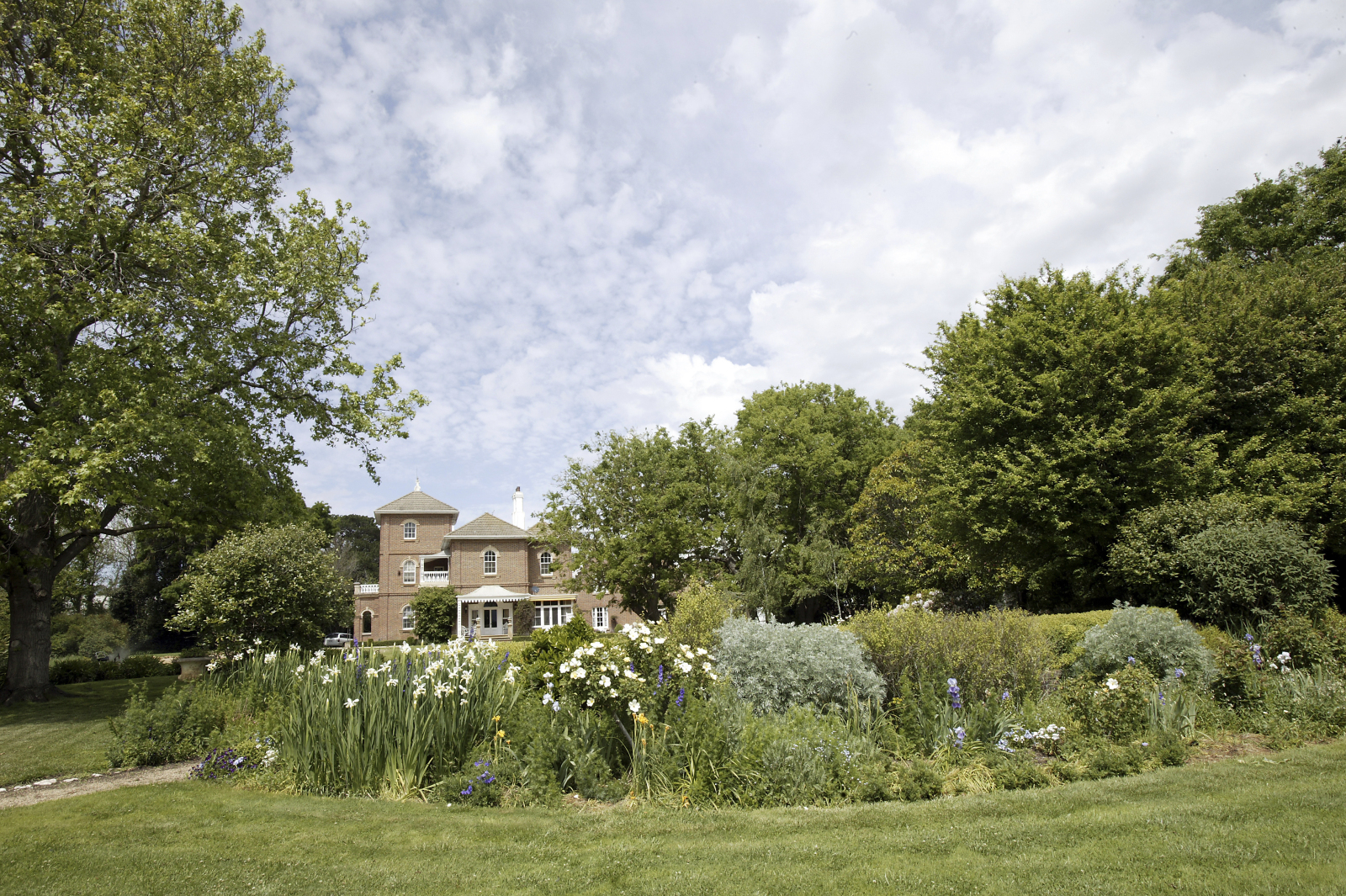
The first is made from brocaded silk and dates from about the mid-1730s, early 40s. The second is a white muslin day dress, about 1805–1810. Both are part of the large and wonderful Springfield costume collection that spans at least 200 years and was worn and kept by five generations of one family.
Jane Austen lived (1775–1817) through a period of momentous social and political upheaval and the group was well aware of the influence these changes had on late 18th- and early 19th-century fashion. Some of these changes are embodied in the dresses – neither of which have ever been on display at the Museum – so I was glad to share some stories of my recent research.
My tour began with the 18th-century dress, the oldest in the Museum’s collection. Though originally worn as early as 1730, it was probably altered in the 1770s and again in the 1920s when it was worn to a fancy dress ball. My audience was keenly interested in looking closely at a garment from the century of Austen’s birth.
In the Museum’s collection access room the group took advantage of the dress not being on display behind glass, peering closely at the silk fabric weave, the range of stitching and the methods of construction.
Photos by Jason McCarthy, National Museum of Australia.
Made from green and floral silk brocade, the dress could be described as an open-front robe with an en fourreau style back. The open skirt would have once revealed a matching or contrasting petticoat – sadly no longer with us. The en fourreau construction refers to the centre-back part of the bodice where an arrangement of pleats would have lain flat against the back of the body and run through the waistline into the skirt.
Features of the original dress style are now absent, but characteristics of the fabric have enabled us to date it and identify it as English woven silk. Large, bold, scrolling floral and leaf designs were popular in the first half of the 18th century and the English favoured more naturalistic, less stylised patterns than those created by the French (who were then the world leaders in fashion and textiles).
On the outskirts of London, Spitalfields was the silk manufacturing centre of England, and home to silk designer Anna Maria Garthwaite, one of the few women working in the design industry. Garthwaite was prolific, creating over 1000 designs inspired by botanical specimens.
The more I look at the Museum’s dress, with its large-scale, brightly-coloured flowers and foliage the more I see similarities between its design and Garthwaite’s work in the 1730s and 40s. Many of her designs have survived in watercolour and are part of the Victoria & Albert Museum’s collection. I’m hopeful further research can match up a pattern and help date the fabric to a specific year.
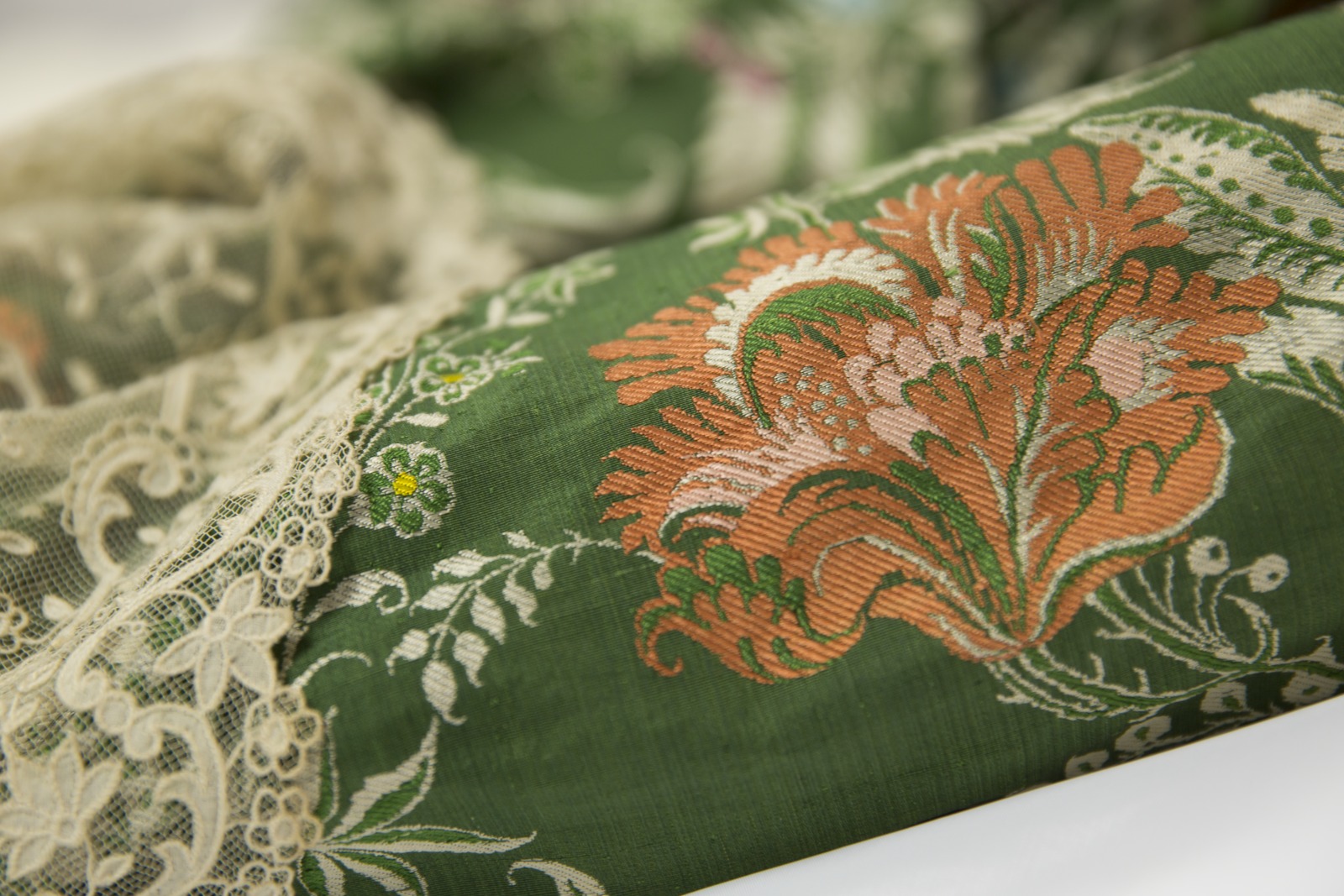
The origins of the dress clearly pre-date European settlement in Australia, and I was asked by the one and only gentleman on the tour how it found its way to Goulburn and then ended up at the Museum.
Along with other garments and a range of personal belongings, we think both dresses arrived in Sydney with a woman called Mary Deane and her family, who migrated from Devon in 1838. In 1844 Mary married pastoralist and founder of the Springfield sheep station, William Pitt Faithfull, and our beautiful silk dress moved from Sydney – along with Mary’s mother, sister and nephew – to Springfield.
Portraits of Mary and William Pitt Faithfull by ex-convict, Joseph Backler, 1845.
By this time the dress was over 100 years old and must have been passed down through the family, probably (if our dates are correct) from Mary’s great grandmother. We don’t yet know much about the original owner’s life, but the dress itself tells us it underwent several changes during the 18th century. This was a common practice for a garment made from such valuable fabric, and entirely appropriate as fashions changed relatively slowly up until the final decades of the century.
Two buttons at the back of the bodice and a remnant of textile cord inside the skirt indicate the dress was converted to a robe à la polonaise, a style popular during the 1770s. This style allowed for the overskirt part of a dress to be lifted by ties to reveal more of the petticoat. The silk of our dress would have been pulled up by ties attached to the two bodice buttons, creating volume at the hips and the rear of the dress.
It is possible the original owner continued to wear the updated style several decades later. Or perhaps she passed it down to her daughter who would have worn it when visiting acquaintances or attending an afternoon tea.
The 18th-century women were not the last to wear this dress. Nearly 200 years later it was worn again by a descendent, Miss Clarice Anderson-Faithfull, granddaughter of Mary Faithfull, mistress of Springfield. In March 1929, Clarice, along with Miss Margaret Fairfax, Miss Elaine de Chair (daughter of the Governor of New South Wales) and other young women, well-known among Sydney society dressed in the gowns of their ancestors for a large Country Women’s Association fundraising ball.
Held at the Ambassadors in Sydney, the event attracted a lot of media attention, with the young women presented as part of a series of tableaux vivants and promoted as ‘Living Pictures’. The silk dress carries the evidence of Clarice’s night at the ball: the machine-made lace on the collar and sleeve cuffs, the metal hip panniers stitched inside the skirt, and her name tag sewn onto the waistband.
Clarice Anderson-Faithfull wearing the silk brocade dress in 1929. The panniers – or side hoops – she wore to extend the dress at the hips are still attached. Images: National Museum of Australia.
It seems our interest in engaging with the past through ‘period costume’ has not waned since Clarice Anderson-Faithfull’s day – the Regency attire of my tour group bears testament to that. For Austen enthusiasts the fashions of her time– wearing, studying and making them – are a popular and important way of exploring her novels and the society she lived in.
Presented alongside the 18th-century gown was the simple elegance of a white muslin dress worn during the first decade of the 19th century. My audience was well versed in the characteristics of Regency fashion (about 1795–1820) so together we shared a love of a dress style that, inspired by the architecture and sculpture of antiquity, embraced flowing, diaphanous fabrics and drapery.
Neoclassicism is only part of the story the muslin dress tells. By the end of the 18th century the Age of Enlightenment and the French Revolution were flourishing, giving rise to ideas of liberation and individualism. Both movements had profound effect on fashion, with women eventually discarding the heavily-corseted and voluminous silk gowns once popular in court for less restrictive, more free flowing, somewhat clingier garments.
View of front and reverse of muslin dress taken during recent curatorial and conservation work. Images: National Museum of Australia.
We believe this dress belonged to Ann Deane (née Pidsley), granddaughter of the woman who first wore the 18th-century dress and mother of Mary of Springfield. Uncovering Ann’s story is a work in progress, but we know she was born in Devon (possibly at Crediton) in 1772. In 1807 she married Thomas Deane in Upton Pyne, Devon, and together they had six children.
While we’re not sure, it’s tempting to speculate whether this was Ann’s wedding dress. Is this why she kept it? The date of the dress supports this theory and the slight train and beautiful vertical embroidery suggest it was not mere daywear. White muslin was difficult to keep clean, so many reserved dresses made from such fabric for eveningwear or special occasions.
We don’t know why Ann and her family decided to leave Devon. Ann’s husband Thomas had passed away in 1826 and social and economic instability caused by the Industrial Revolution motivated many to seek a new start elsewhere. However, I do wonder if a sheep station in rural New South Wales was what Ann had mind?
The Deane family paid their own fare to Australia in 1838, and lived in Sydney until Mary met William Pitt and the family moved to Springfield in 1844, where Ann spent her final years. The muslin dress was not the only garment from the time of Jane Austen that Ann chose to keep and bring to Australia. It would have shared a trunk with a beautiful blue shot silk dress (about 1813) on display in the Museum’s Landmarks: People and Places across Australia gallery. Both these dresses and the 18th-century gown formed part of Ann Deane’s will, bequeathed to her daughter.
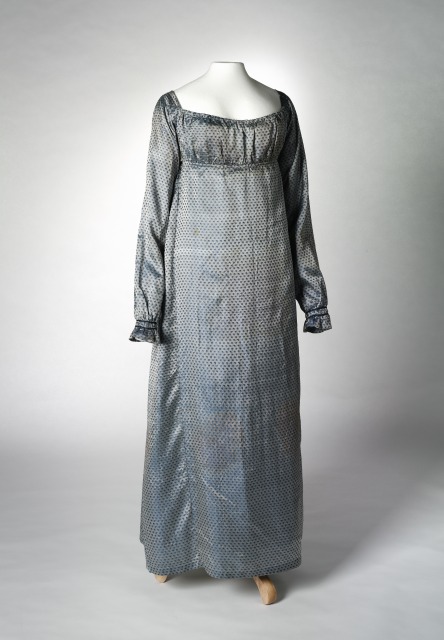
Before the Jane Austen Festival enthusiasts left the Museum I commented that although our Regency period collection is small, it is undoubtedly significant. Colonial settler, Ann Deane had lived in Regency England. She married and began raising a family within the same rural, middle-class to which Austen and some of her characters belonged. More importantly, in 1813, Ann gave birth to Mary, a woman who would marry a pioneering Australian pastoralist.
Mary and William’s family and their descendants not only made a significant contribution to Australia’s wool industry and the settlement of New South Wales. When it came to collecting and keeping generations of dress, they had the sense and sensibility to treasure clothing that has enriched, and made all the more diverting, the story of Australia’s fashion history.
Top image: Detail of sleeve from dress in Springfield-Faithfull Family collection. Photograph by Jason McCarthy, National Museum of Australia.
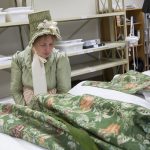
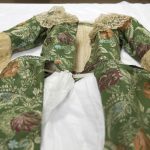
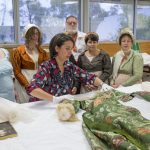
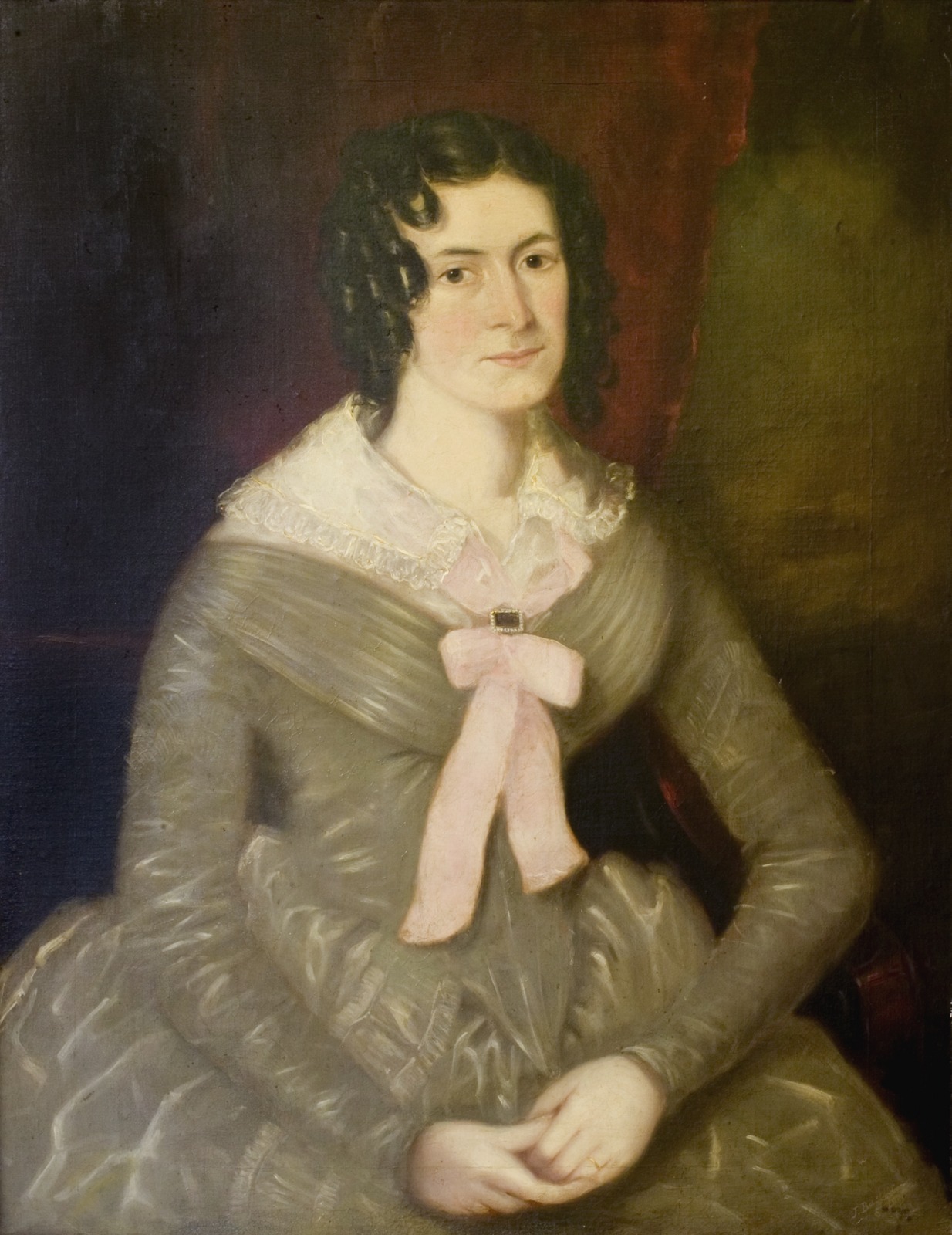
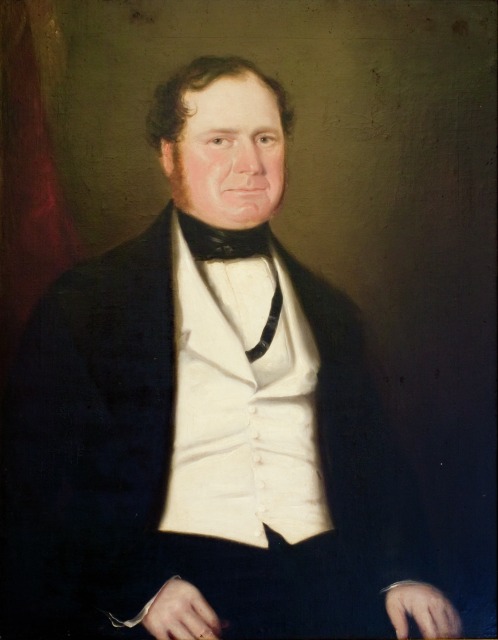


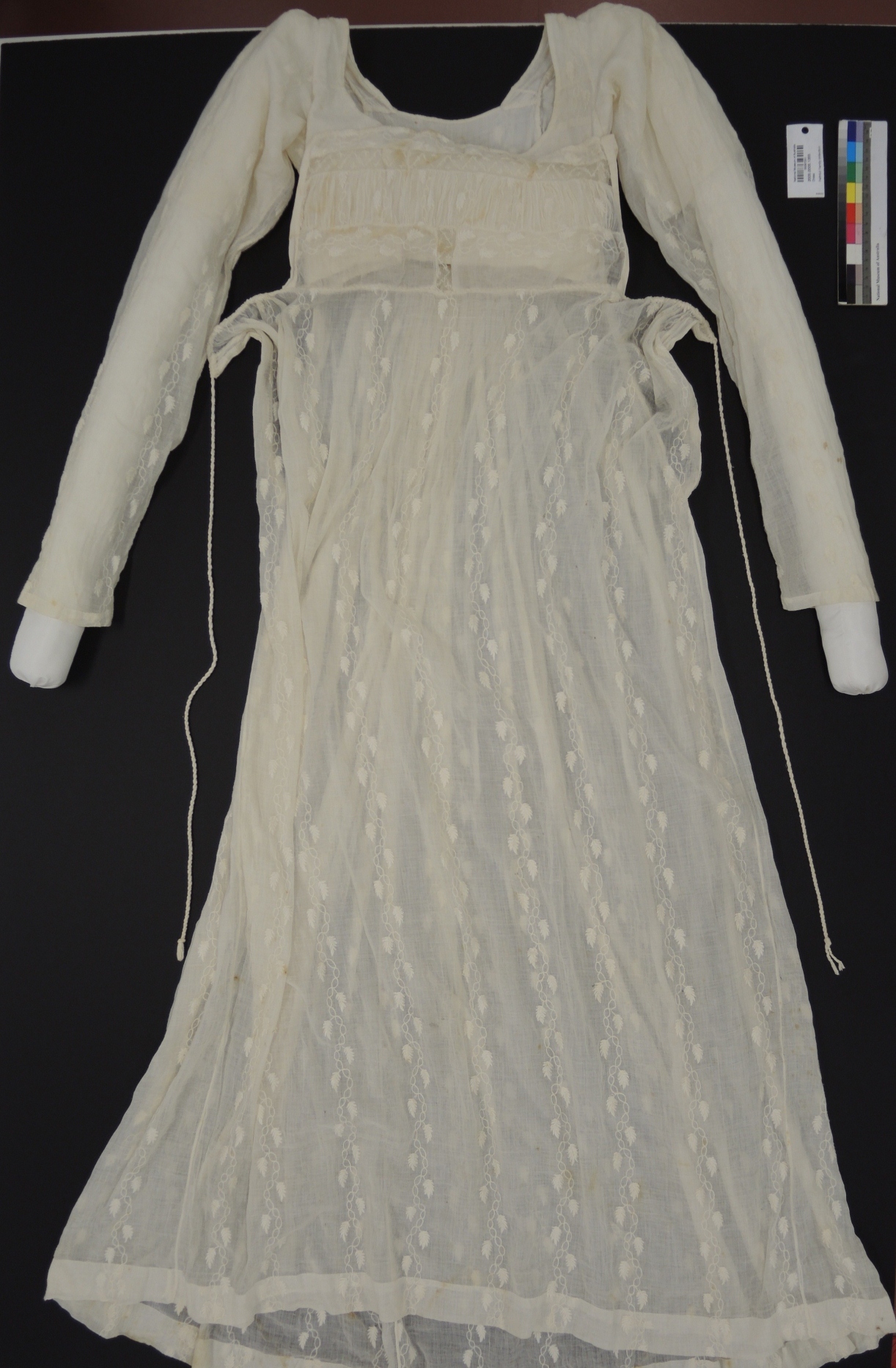
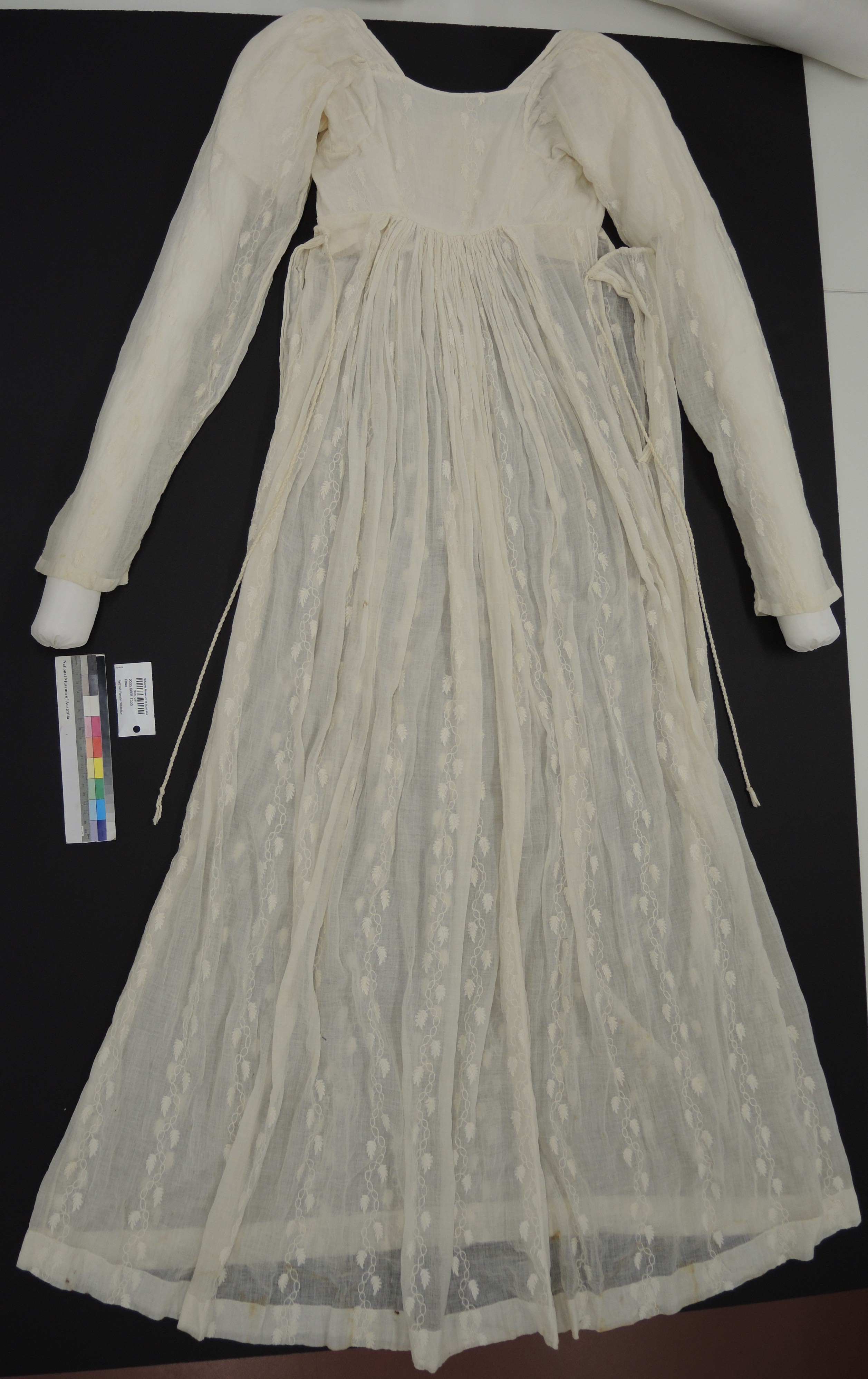


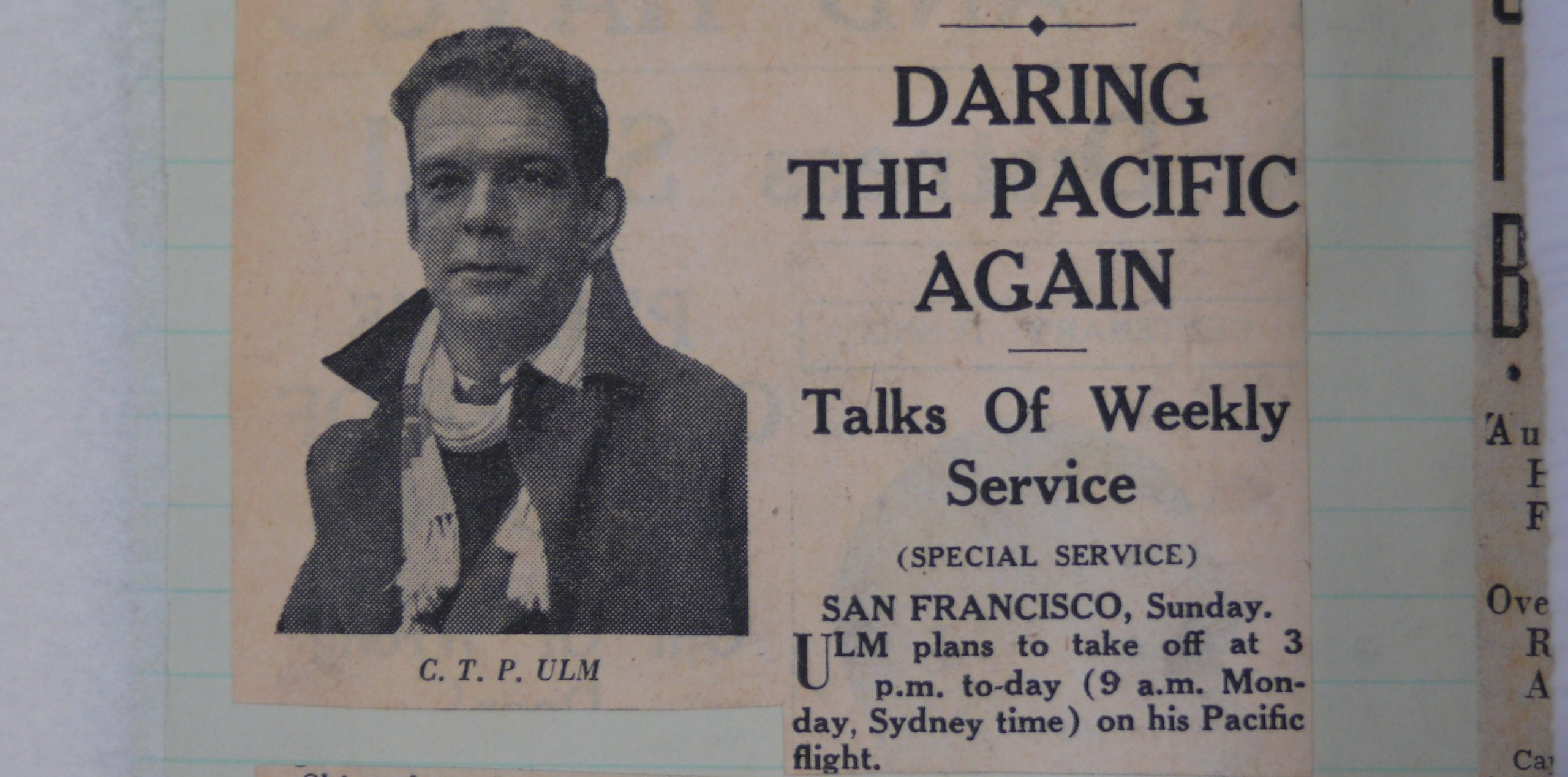
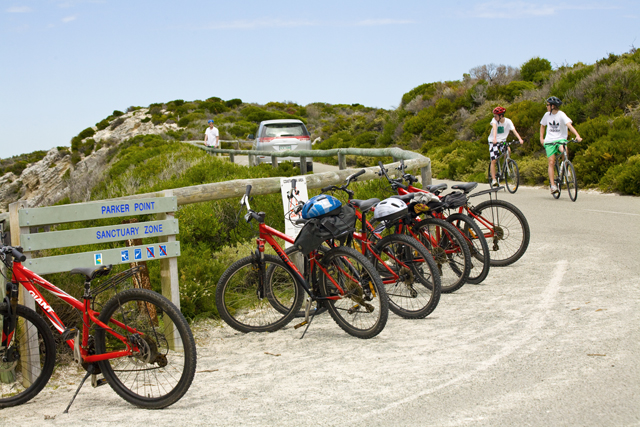
Please consider a temp exhibition of the Springfield Collection. It would be soooooo wonderful!
Thanks Clare. A Springfield costume show is something we would love to do in the future! Meanwhile, check out our new online feature at http://www.nma.gov.au/online_features/springfield
And in September, make sure you see our new exhibition, Spirited: Australia’s horse story featuring costumes from the Springfield-Faithfull family collection.
a beautiful loved collection congratulations a job well done
Thanks Adriana. We hope to keep improving public access to this wonderfully rich and diverse collection.